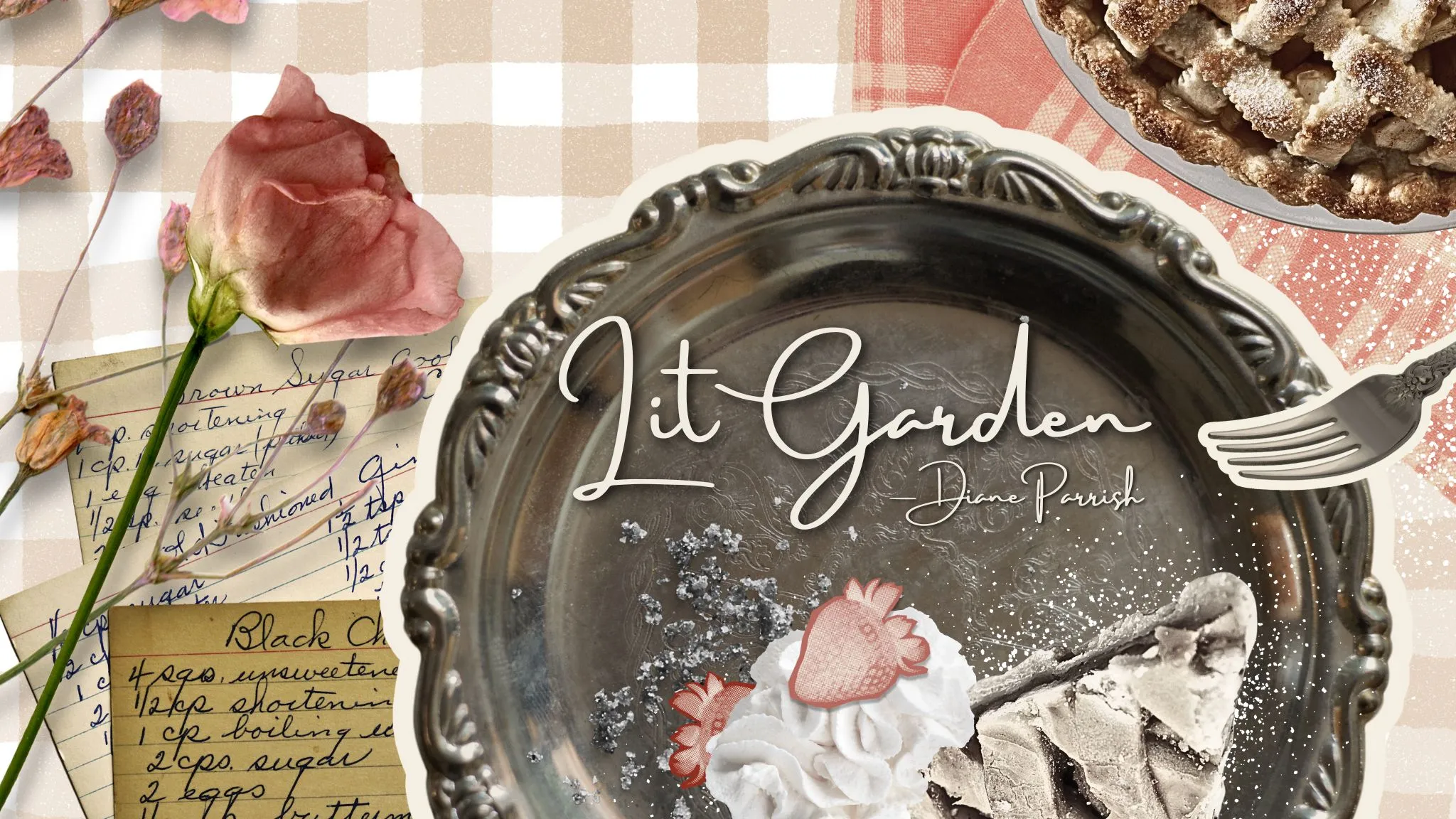My huge thanks to Isabelle Wilson at Headline for sending me a copy of Parched by Philip Clayton in return for an honest review. I’m delighted to share my review of Parched today, not least because Philip lives just a few miles away from me!
Parched was published by Welbeck on 9th May 2024 and is available for purchase through the publisher links here.
Parched

Dazzling, diverse, durable – discover the remarkable drought-proof plants that flourish in the driest environments.
With rainfall unpredictable and summers increasingly hot, plants that survive and thrive in these conditions have become more important than ever.
Through expert text and beautiful botanical illustrations from the archives of the Royal Botanic Gardens, Kew, Parched explores the captivating variety that exists in the world of dry plants. From poppies and palms to cypress and cyclamen, this stunning book showcases the incredible species that have become a mainstay of dry gardens around the world.
My Review of Parched
A compendium of 50 plants that survive and thrive in a dry garden.
Oh my goodness. Parched is wonderful. From the beautiful cover, through the glorious end papers of the hard backed edition I have, to the illustrations for every plant, this book is a visual delight. Forget those interested in gardening or horticulture, Parched will appeal to those who have an interest in art. The illustrations have come from Kew’s collection and with many being C19th watercolours, there’s so much to research and discover beyond the pages of Parched itself. I found myself spending time looking up the artists mentioned and discovering all manner of information. Indeed, Parched is almost a travelogue as Philip Clayton takes the reader to regions of the world where the plants originate. There are touches of history too.
Each of the entries is written with both authority and accessibility and is accompanied by those wonderful illustrations. With both horticultural and common names provided, it is easy to identify the plants and Philip Clayton provides a short resume of their characteristics before the more detailed information. The entries cover the origins of the plants, how they might be grown (including helpful suggestions for companion planting), potential problems and alternative varieties to try. It’s incredibly helpful to know the frost hardiness of the plants included, their mature size and whether they are affected by other environmental aspects such as wind or salt. Some plants were comfortingly familiar such as the verbena that is the staple of my own garden, but others felt more exotic and had the effect of making me more interested in plants and gardening again.
On a personal note, it gave me great pleasure to discover the inclusion of nerine bowdenii, which I had no idea was also called Bowden Lily – I just knew it as Nerines! You see, this flower always blooms in my parents’ garden every year over 6th October which is their wedding anniversary and feels all the more poignant now Dad is no longer with us.
With a comprehensive index at the back of the book, Parched is a volume to return to time and again. It really is the most perfect gift book and I thought it was quite brilliant.
About Philip Clayton
Philip Clayton is a freelance garden writer and editor, and one of the UK’s most knowledgeable horticulturists, having previously worked with the RHS for two decades, latterly as Deputy Editor of The Garden magazine. He has written hundreds of articles for a broad range of publications with expertise in garden plants, gardens (great and small) and nurseries. Phil’s knowledge is substantial, borne from personal endeavour and an appetite to grow a diverse selection of plants, currently in his small walled garden in Peterborough, one of the UK’s driest cities. His book, A Plant for Every Day of the Year, was published by Dorling Kindersley in October 2022.
For further information, follow Philip on X/Twitter @clayton_philip.




















 English (US) ·
English (US) ·